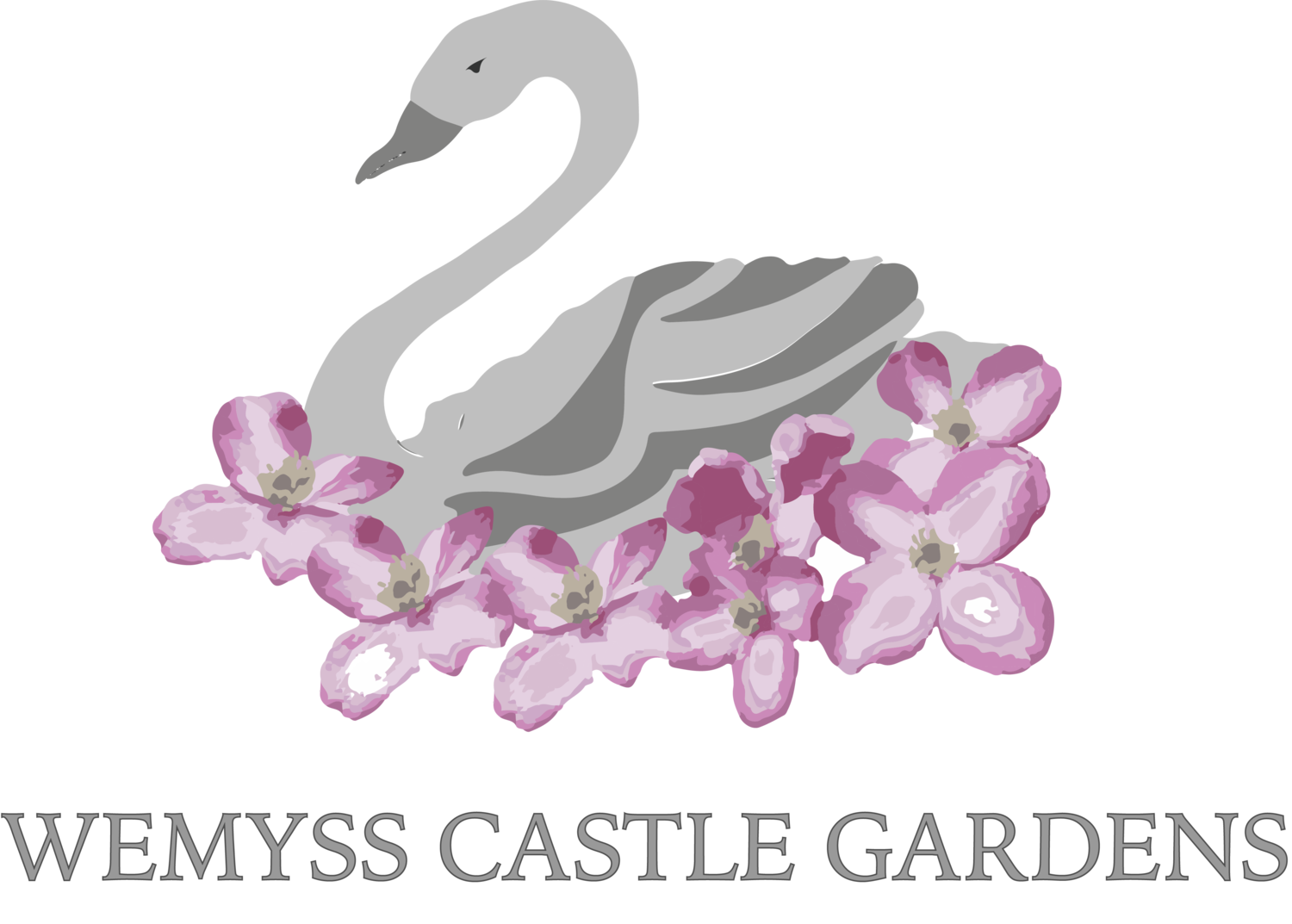“Asparagus may be brought to perfection in hot-beds at any time from November, till it comes in the natural ground. Those who wish to have it at Christmas, should begin to prepare a bed, or beds, about the middle of November.” Walter Nicol, The Gardener’s Kalendar, 1810.
In the 1790s Walter Nicol (1769-1811) was employed by General William Wemyss (1960-1822) to build and tend the gardens at Wemyss. Nicol’s gardening techniques and aspirations for forcing fruit and vegetables were ambitious and radical. Under his instruction, the walled garden incorporated a complex set of hot-houses, greenhouses, flued pits and a vented garden wall warmed with coal fires; all to encourage the growth of fruit and vegetables in all seasons.
General Wemyss - whose lifestyle would have been considered extravagant by any standards - would almost certainly have enjoyed the novelty of homegrown asparagus at the Christmas table. However, the entire chapter of his book dedicated to instructions for forcing asparagus tells us just how precise and labour-intensive Nicol’s gardening methods were, not to mention the quantities of coal required to keep the furnaces burning and vegetables growing during a Scottish winter. Indeed, it was the extent of coal consumption in the walled garden that drew Nicol’s employment at Wemyss to a close.
Extract from The Scotch Forcing and Kitchen Gardener, 1797 (pp.7-10)
“The forcing of Asparagus in flued pits; in my opinion, is by far the most eligible method… the trifling consumpt of fuel, even where it is most valuable, ought not to deter any, who are lovers of gardening. The pit is about four feet in the back, and three in the front, deeper than the bottom of the flues… stir up the bed about two feet deep and add a little tan or dung; then level the surface with old rotten tan...let the surface be levelled in a sloping manner to the sun, about six inches about the bottom of the flues, allowing for the tan settling so much; then let the [asparagus] roots be placed and covered, as directed for the common hot bed.
“Make no fires, if the thermometer stand as high as 48 to 50 degrees; and, if necessary, cover with mats at night; also, admit plenty of air through the day if the weather will permit. When it is necessary to make fires, let it be done with caution: a small fire made in the evening will generally serve the whole night. I have sometimes found it convenient to make a small fire in the morning that I might have it in my power to admit air, and at the same time keep up a proper degree of heat.
“Water will be required in a plentiful degree as the fire heat will absorb the moisture considerably. Let a due observation of the state of the tan, the health of the buds, and the direction of a gardener, always determine the point.
“When the buds have advanced to the length of three inches above the surface, they are then fit for cutting, as, by that time they will be six inches in whole: and that operation must be performed with great care as the buds will rise very thick. The tan being of a loose nature, there is no difficulty of thrusting down the finger and thumb to the crown of the root; and, as forced roots are of no use afterwards, I prefer twisting off the bud to cutting it, least the other that are rising should be injured.”

